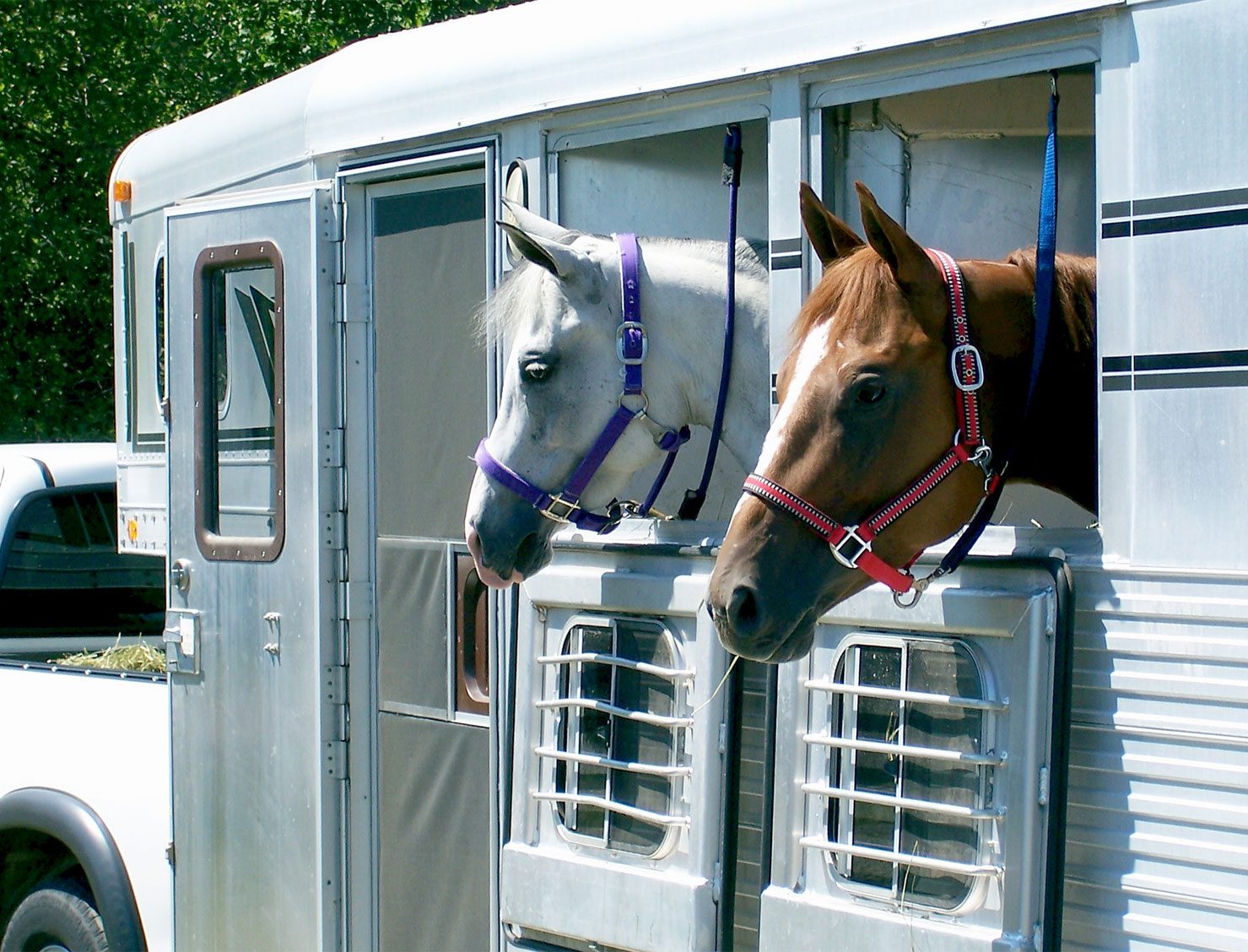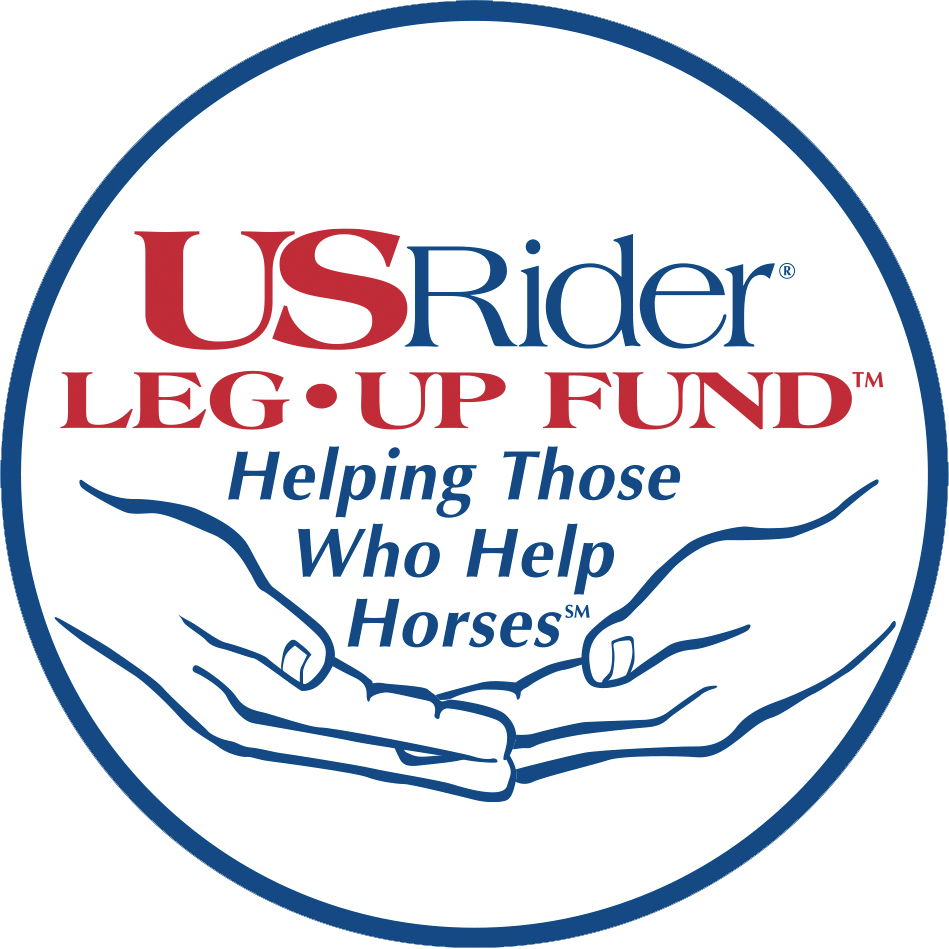The first warm day of spring has you understandably itching to hit the trails, but keep your enthusiasm in check to avoid inadvertently overworking or overheating your horse. Even if...

The first warm day of spring has you understandably itching to hit the trails, but keep your enthusiasm in check to avoid inadvertently overworking or overheating your horse.

Even if you’ve kept your horse fit over the winter months, the increased temperatures of a sunny spring day combined with what’s left of his winter coat can lead to heavy but ineffective sweating, which can cause as much stress as exertion on a hot summer day. An out-of-shape horse is additionally burdened by the warmer temperatures and heavier coat.
Go ahead and saddle up on that first wonderfully warm day, but keep a close eye on how your horse is handling the work. Any of these signs could indicate that you need to scale back or stop entirely for the day.
• Increased respiratory rate, particularly when it remains elevated after walking or standing for several minutes. Dog-like “panting” in a horse is an effort to dissipate heat through the respiratory system—and it is a sign of significant and dangerous heat stress.
• A sudden reluctance to work or respond to the aids. Of course, this could be a training issue, but when heat stress is a risk, consider that possibility first.
• Extreme sluggishness that may indicate fatigue. If your horse seems taxed by the warm weather, end your ride and head to the wash stall. A bath will not only cool him down but also bust through a winter’s worth of dirt. Also, ensure your horse has access to plenty of fresh water and a mineralized salt block to replace any electrolytes he may have lost through sweating.
After a few weeks of sensible, attentive riding, your horse’s winter coat will be gone and his fitness increased, allowing him to enjoy sunny days and the associated rides as much as you do.
This article first appeared in EQUUS issue #463, April 2016.


"*" indicates required fields